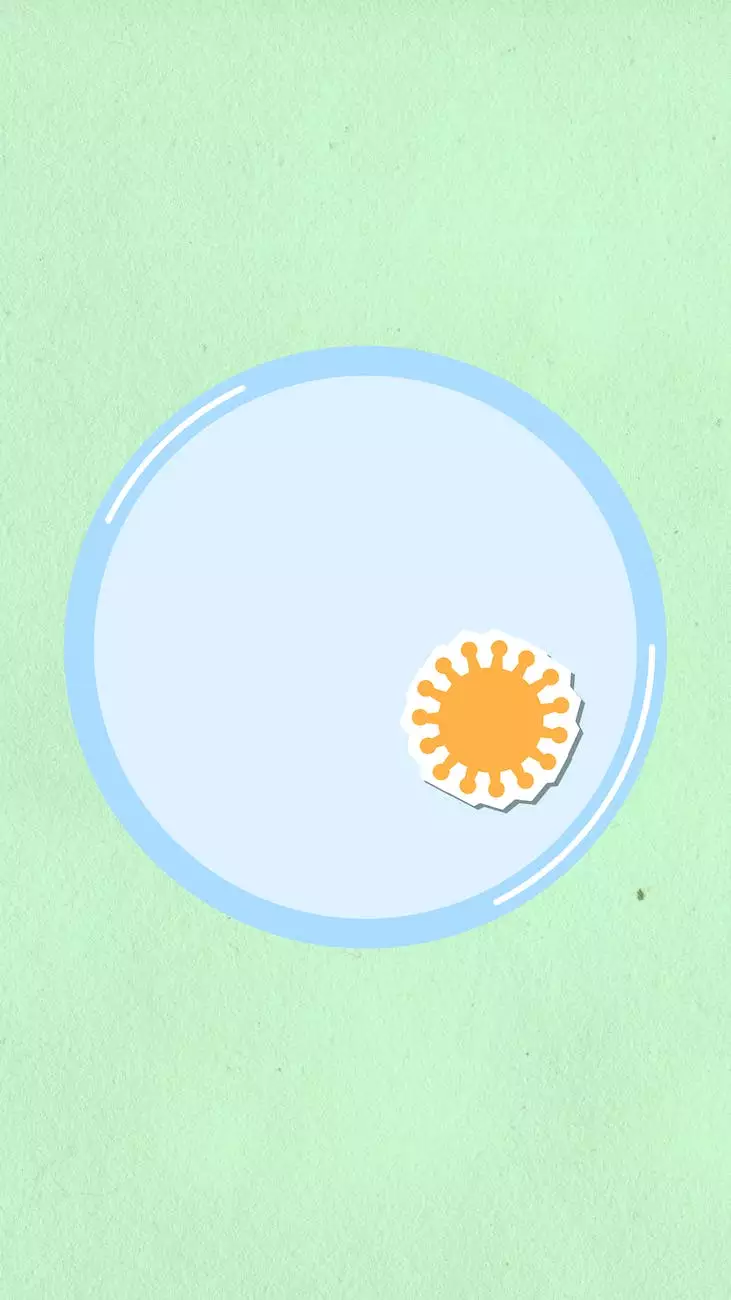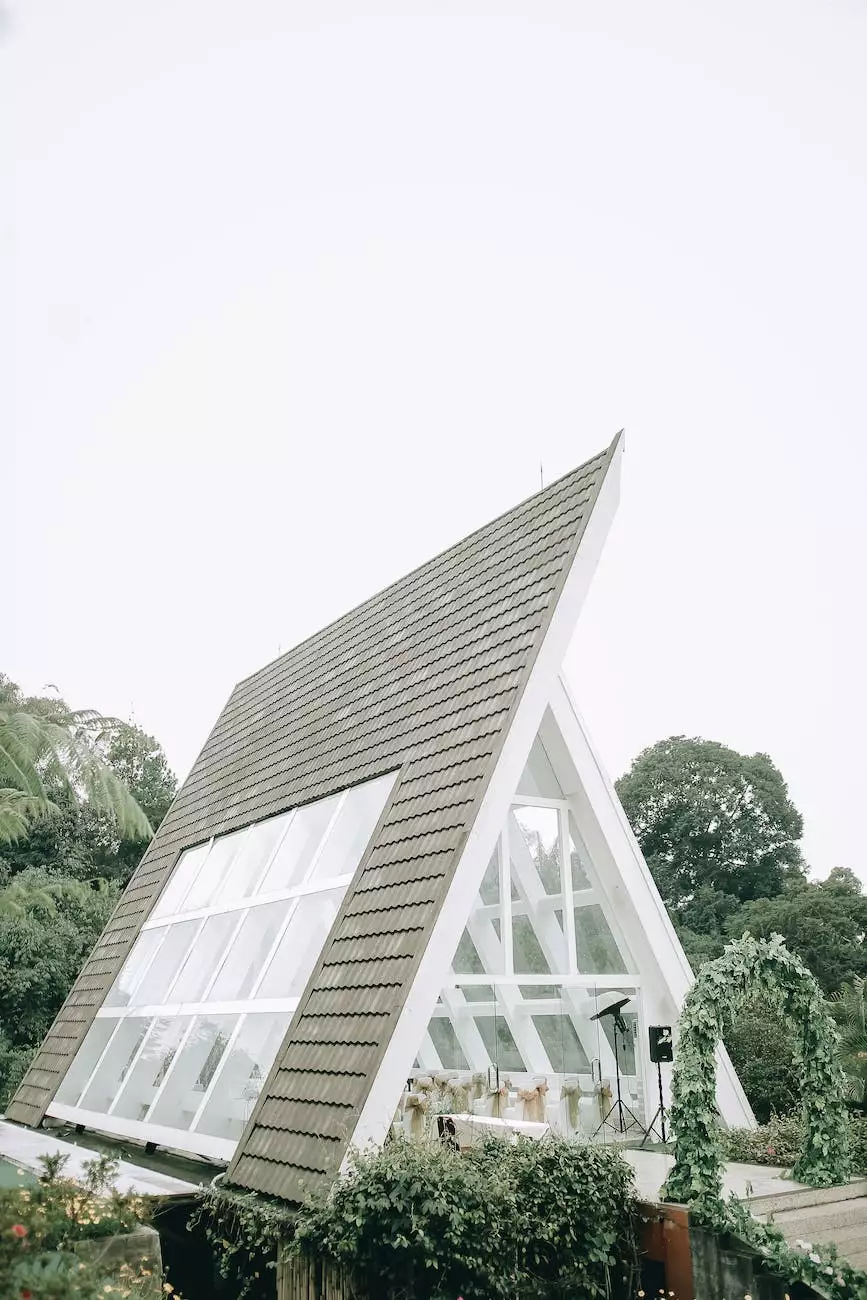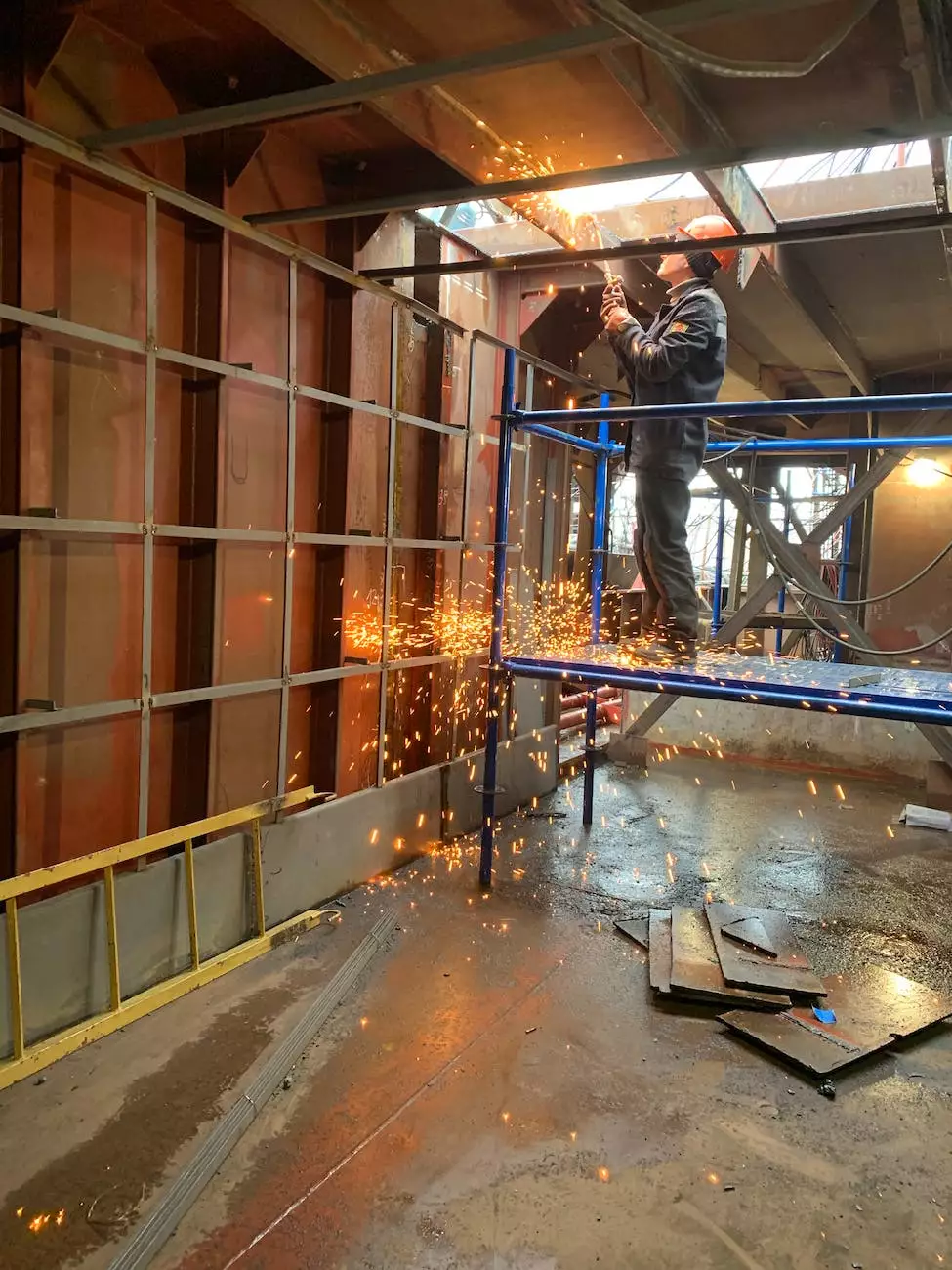Know Your Membranes: The Difference between EPDM and TPO
Roofing
Welcome to D R Kes Concrete's comprehensive guide on EPDM and TPO roofing membranes. When it comes to choosing the right solution for your roofing needs, it's important to understand the differences between these two popular options. In this article, we will delve into the various aspects that set EPDM and TPO apart.
1. Installation Process
The installation process is a key consideration when evaluating roofing membranes. EPDM, or Ethylene Propylene Diene Monomer, is commonly installed by adhering the membrane to the roof surface. This involves either using an adhesive or mechanically attaching the membrane. On the other hand, TPO, or Thermoplastic Olefin, is typically installed by hot-air welding the seams together, creating a watertight bond.
2. Durability and Lifespan
EPDM roofing membranes are known for their exceptional durability. They are resistant to UV rays, ozone, and extreme temperature fluctuations, making them a reliable choice for long-lasting protection. EPDM membranes can have a lifespan of 30 years or more with proper maintenance.
TPO roofing membranes also possess impressive durability. They are resistant to impact, punctures, and microbial growth. TPO can withstand high thermal stresses and has a typical lifespan of 20 to 30 years.
3. Energy Efficiency
Energy efficiency is an essential aspect of any roofing system, especially in today's environmentally conscious world. EPDM membranes exhibit excellent thermal stability, reflecting a significant portion of the sun's heat. This helps to keep the building cool and lowers cooling costs. Furthermore, EPDM is easily recyclable, contributing to sustainability efforts.
TPO roofs boast high energy efficiency due to their light-colored surface, which reflects sunlight effectively. This reflective quality minimizes heat absorption, reducing the need for excessive air conditioning. TPO is also recyclable, making it an eco-friendly choice.
4. Weather Resistance
Both EPDM and TPO membranes offer exceptional weather resistance. EPDM can withstand severe weather conditions, including hail, high winds, and heavy rains. Its flexibility allows for expansion and contraction without compromising its integrity.
TPO roofing membranes are specifically formulated to resist ultraviolet degradation, heat aging, and thermal shock. They can withstand extreme weather conditions, making them suitable for various climates.
5. Maintenance and Repairs
In terms of maintenance, EPDM roofing membranes are relatively low-maintenance. Regular inspections, cleanings, and prompt repairs are essential to ensure its longevity. Minor repairs can be easily done using patching materials specifically designed for EPDM.
TPO roofs require similar maintenance practices. Inspections, cleanings, and timely repairs are vital. Any damaged areas can be repaired using heat-welding techniques with TPO patching material.
Conclusion
Choosing the right roofing membrane is crucial for the longevity, energy efficiency, and protection of your property. EPDM and TPO are both excellent options, each with its unique set of advantages. Understanding the differences outlined in this article will help you make an informed decision based on your specific requirements.
For reliable roofing solutions, trust D R Kes Concrete. Our experience and expertise in the field ensure high-quality installations and excellent customer satisfaction. Contact us today for a consultation and let us assist you in selecting the ideal roofing membrane for your needs.










